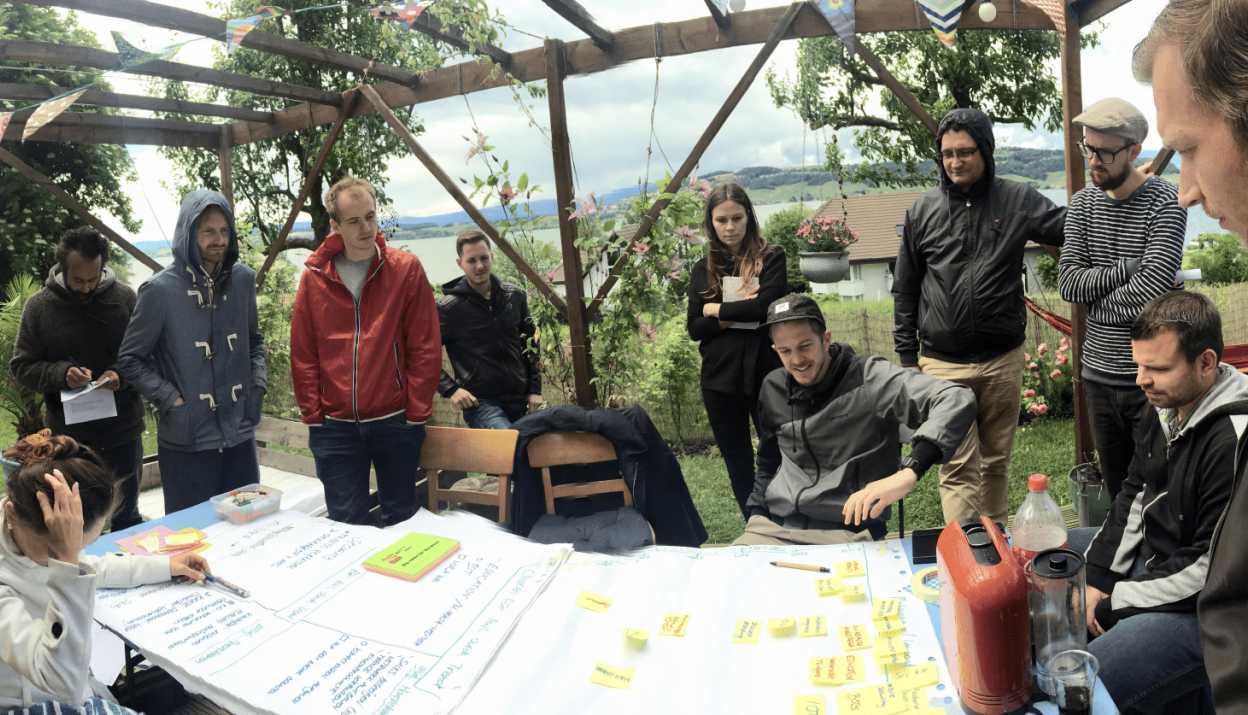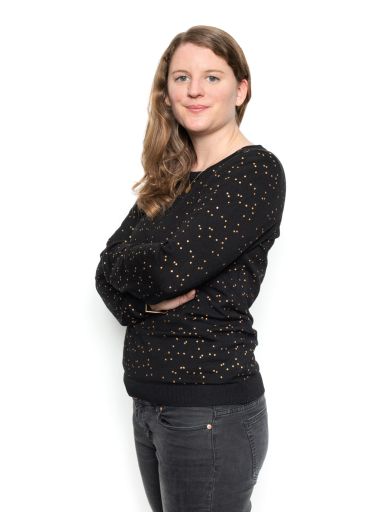From the outset, integrating financially justifiable user research activities into the tendering process for new customer projects required reducing the methodological diversity and lowering our methodological standards. Nevertheless, we succeeded in convincing our clients of the added value of user research, so that such activities are integrated into most new projects. However, it remains a challenge to decide whether user research at a high level is indispensable in individual cases or whether to offer it on a reduced scale. Scaling the methods as minor or major tasks that can be adapted to the process and the project is therefore crucial and requires practice and experience.
In this regard, integrating our user research findings into major agile projects proved a tough nut to crack. An agile, iterative development process requires direct consultation with the various subproject teams and fast decision-making processes to drive the development of the app forward based on the latest insights. This can be a challenge, especially in large projects involving lots of people.
In addition, at times we found ourselves facing methodical conflicts: we are happy to offer our customers tangible, visually appealing prototypes. Such prototypes facilitate understanding of the product and often act as a means of communication in interacting with users. On the one hand, this carries the risk that the focus during testing will be on usability aspects rather than on evaluating the app concept at an early stage. On the other hand, the existing concept may be fundamentally changed due to the insights and the findings may require joint translation work for the further development of the prototype. It is important to make it clear that the user needs we identify do not yet entail ready-made app solutions. These are worked out together in a team, and sometimes with customers as well, in a subsequent step. This process requires that everyone involved accepts the chosen methodical approach and has the courage to try it out.
Our experiences spur us on to dive further into the world of users and above all to constantly develop our methods further so that they can be used even more agilely and scalably. We also enjoy experimenting and finding out what the best UX methods are for app development. For example, we are thinking about the future application of methods such as online communities, diaries, or design sprints and see potential in analytics to constantly adapt our existing apps to the latest trends and user preferences.
We'll keep working on it and look forward to reporting back.





